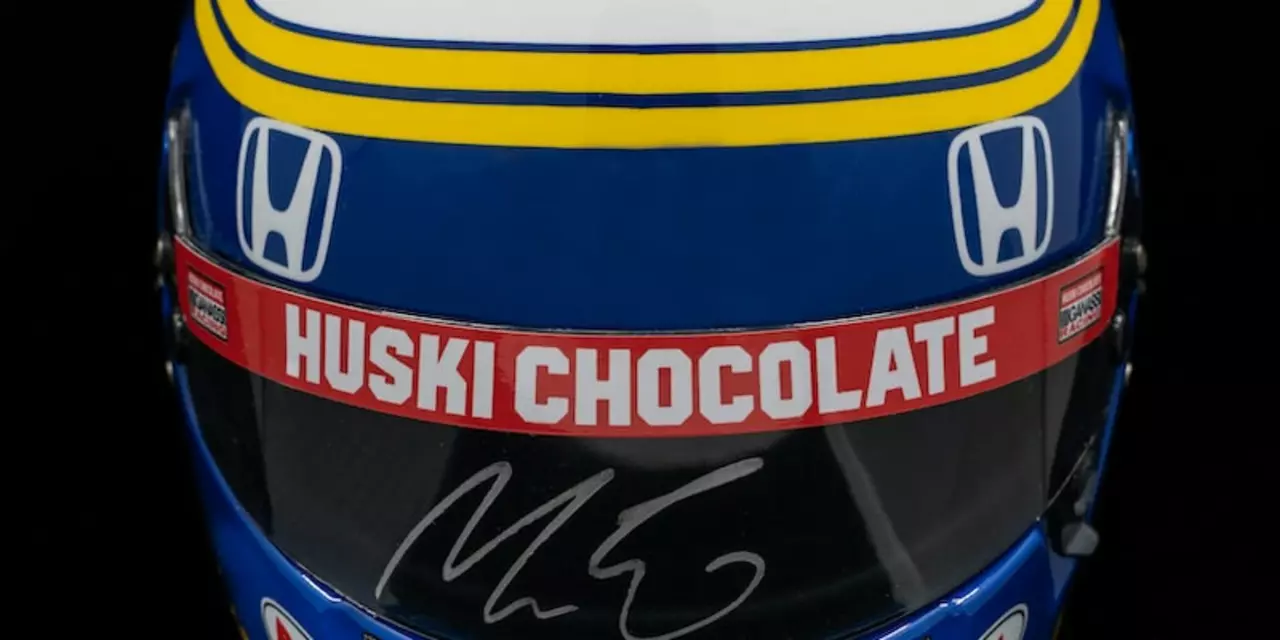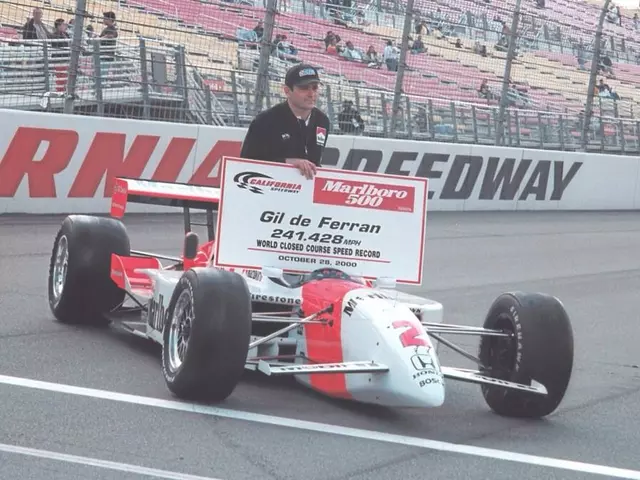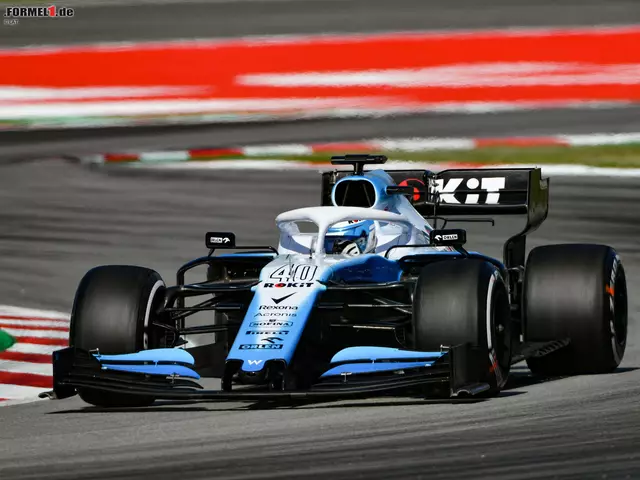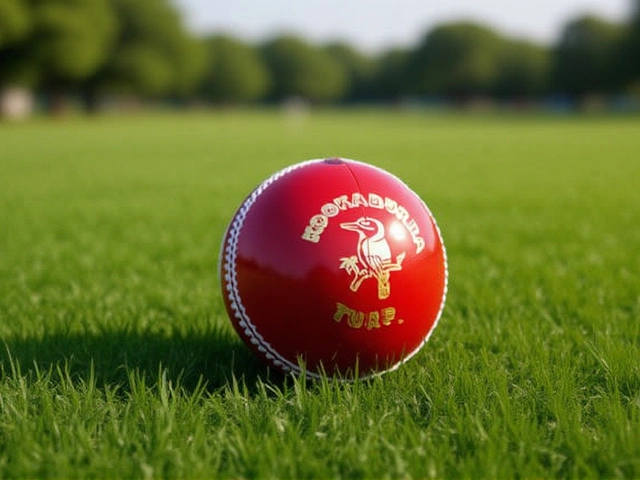Imitation in Motorsports – What It Is and Why It Matters
Ever seen a flashy car that looks just like a Subaru WRX but isn’t? That’s imitation at work. In racing and street scenes alike, copycat parts and look‑alike models pop up all the time. Some people think it’s harmless, but using imitation can cost you safety, money, and even your reputation on the track.
Common Types of Imitation You’ll Meet
The biggest culprits are replica components – things like cheap exhausts, forged‑looking alloy wheels, or even fake turbochargers. They often copy the look of genuine OEM parts but lack the engineering that makes them safe at high speeds. Another popular fake is the whole car body kit that mimics a limited‑edition Subaru model. It might turn heads, but it can also affect aerodynamics and crash safety.
How to Spot a Fake Before You Buy
First, check the price. If a part costs a fraction of the official price, ask why. Real OEM parts have a consistent cost because of testing and certifications. Second, look at the serial numbers or QR codes. Most genuine Subaru components have a production code you can verify on the official website. Third, feel the material. Authentic alloys feel solid and heavy; cheap imitations feel light and flimsy.
When you’re at a garage or online store, ask for documentation. Reputable sellers will provide warranty info and proof of authenticity. If they can’t, walk away. It’s better to spend a bit more on a real part than to risk a failure mid‑race.
Imitation isn’t just about parts. Some teams try to copy racing strategies or data from top Subaru crews. While learning from others is fine, copying data without permission can breach regulations and lead to penalties. Stay original, keep your own setups, and use imitation only as inspiration, not as a shortcut.
Bottom line: Imitation can look tempting, especially when you’re on a budget, but the hidden costs are real. By checking price, serial numbers, material quality, and seller reputation, you can avoid the pitfalls and keep your Subaru performance genuine and safe.







